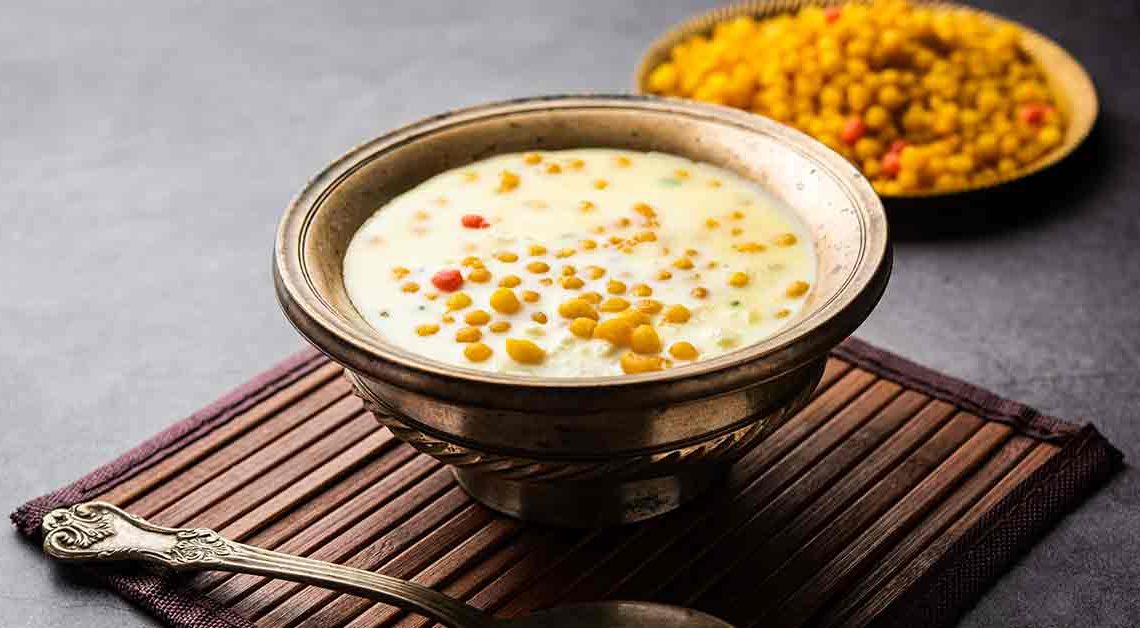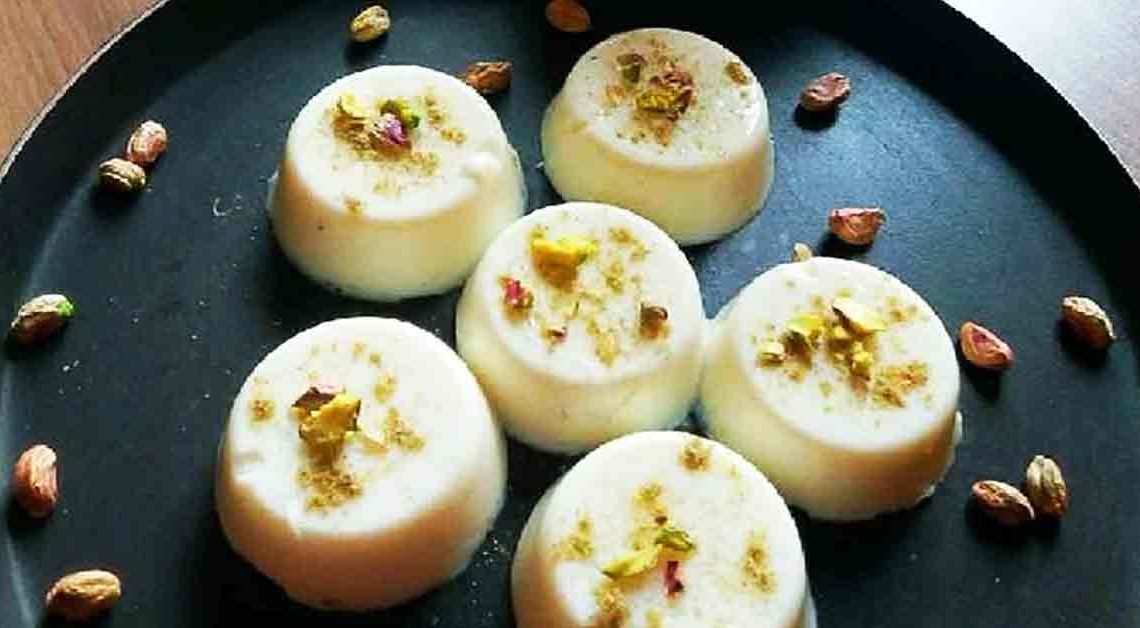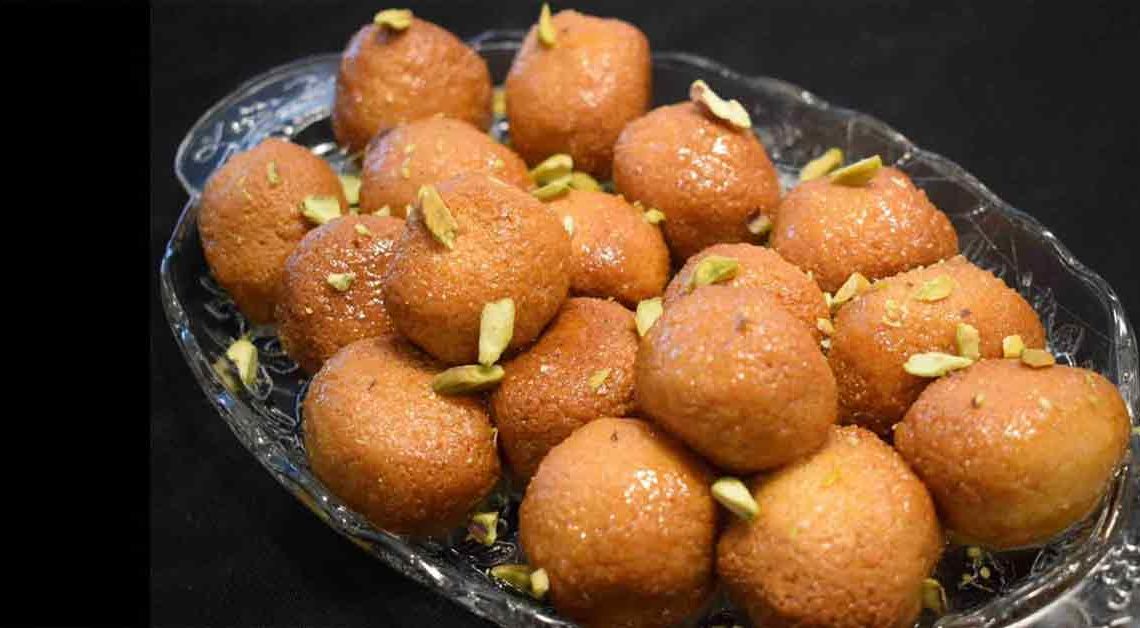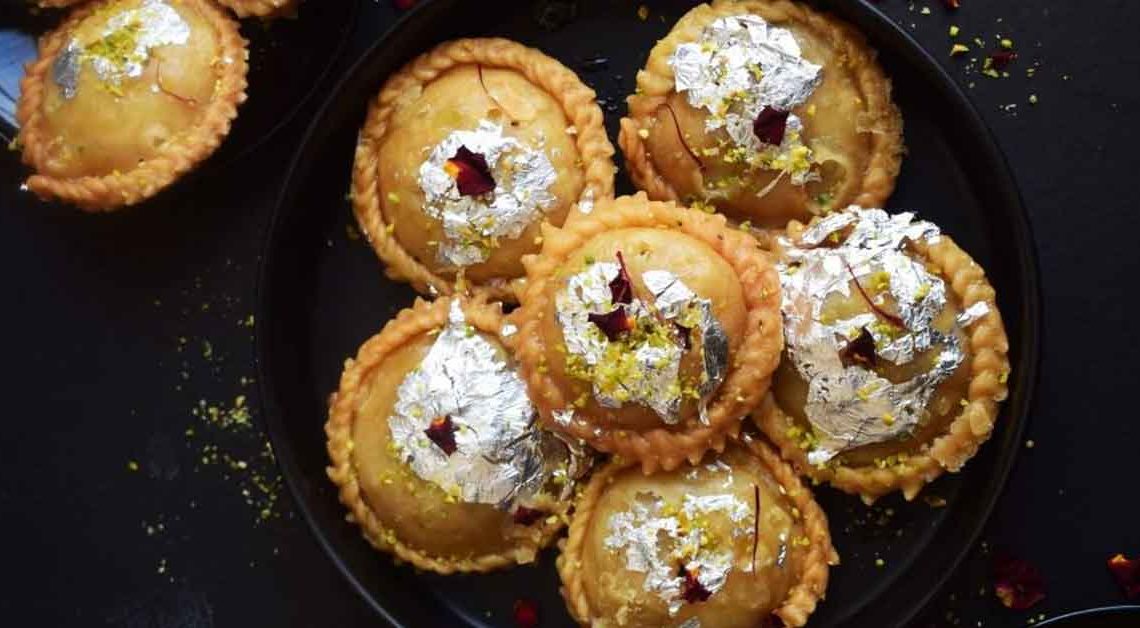Blissful Bowls of Desi Delicacy: Boondi Kheer

Welcome to the savory-sweet world of culinary adventures on Mithainama! Today, we embark on a journey that will tantalize your taste buds and transport you to the heart of India’s rich culinary heritage. Our destination? A delectable dish that’s both a treat for the senses and a hug for the soul – Boondi Kheer.
Boondi Kheer, a quintessential Indian dessert, is a true testament to the country’s diverse culinary landscape. Born in the bylanes of North India, this creamy, fragrant delight combines the simplicity of boondi (tiny, crispy chickpea flour droplets) with the opulence of kheer (rice pudding) to create a masterpiece that has been cherished for generations.
What makes kheer truly remarkable is its ability to balance the sweet with the savory. The aromatic blend of cardamom, saffron, and rosewater infuses each spoonful with a mesmerizing, exotic charm. Meanwhile, the crispy boondi provides an irresistible textural contrast, adding a delightful crunch to every bite.
Origin of Boondi Kheer
Boondi Kheer, a beloved Indian dessert, boasts a rich history steeped in culinary tradition. Its origins can be traced back to the heartland of North India, where it emerged as a delightful fusion of two distinct culinary elements: boondi and kheer.
Boondi, the tiny, round droplets made from chickpea flour batter, has been a part of Indian cuisine for centuries. It gained popularity as a crunchy snack, often seasoned with spices and enjoyed during festivities. Meanwhile, kheer, a creamy rice pudding, has been a cherished sweet dish in Indian households since ancient times, particularly during religious ceremonies and special occasions.
Over time, it became an integral part of Indian culinary heritage, with regional variations and adaptations adding to its charm. It symbolizes the diversity and unity of India’s culinary traditions, where regional flavors and techniques converge to create culinary masterpieces. Today, it continues to be enjoyed across the country, and its history is a testament to the timeless appeal of Indian sweets.
History of Boondi Kheer
The history of Boondi Kheer, a delectable Indian dessert, is a story that unfolds over centuries, reflecting the rich culinary heritage of the Indian subcontinent.
Boondi, on the other hand, was initially created as a savory snack. The concept of making tiny, fried chickpea flour droplets dates back to ancient Indian culinary traditions. These crispy boondis were often spiced and enjoyed as snacks or added to savory dishes.
The creative fusion of these two elements, boondi, and kheer, is where Boondi Kheer’s history truly begins. It is believed that this fusion dessert emerged in North India, where the culinary ingenuity of chefs led to the incorporation of savory boondi into sweet, creamy kheer. This harmonious blend of sweet and savory flavors was a culinary breakthrough.
In conclusion, its history is a testament to the enduring appeal of Indian sweets and the fusion of flavors that defines Indian culinary traditions. It continues to be a cherished dessert that evokes nostalgia and celebrates the cultural richness of the Indian subcontinent.
Cultural Significance
Boondi Kheer holds significant cultural importance in India and is deeply embedded in the country’s culinary traditions. Its cultural significance can be understood through various aspects:
Festivals and Celebrations: It is often prepared and served during important festivals and celebrations in India. It is commonly seen on the menu during Diwali (the Festival of Lights), Raksha Bandhan (a celebration of sibling bonds), weddings, and other auspicious occasions. Its presence at these events symbolizes sweetness, joy, and prosperity.
Religious Offerings: In many Indian religious ceremonies and rituals, kheer is offered to deities as a sacred offering. Boondi Kheer, with its delightful combination of sweet and savory flavors, is a unique variation of this classic dish. It is often prepared and offered in temples during religious festivals and prayers.
Family Traditions: It is often part of family traditions and recipes passed down through generations. Families have their own variations and secrets for making this dessert, making it a cherished part of their culinary heritage.
Where is Boondi Kheer Famous?
Boondi Kheer is famous and enjoyed throughout India. It is not limited to a specific region but is appreciated and prepared across the country. However, its popularity may vary in different states and regions. Here are a few regions and states where it is particularly well-known:
North India: Boondi Kheer has its roots in North India, and it is especially popular in states like Uttar Pradesh, Rajasthan, Haryana, and Punjab. In these regions, it is often prepared and served during festivals, weddings, and other special occasions.
Rajasthan: Rajasthan, in particular, is famous for its delicious Boondi Kheer. The state’s rich culinary heritage includes a variety of desserts, and it is a cherished part of their traditional cuisine.
Gujarat: In Gujarat, a western Indian state known for its unique cuisine, Boondi Kheer is enjoyed as a dessert and often prepared during festivals and celebrations.
Interesting Facts and Trivia
Boondi Kheer, a delightful Indian dessert, comes with its share of interesting facts and trivia that add depth to its culinary appeal:
- Boondi, which is traditionally a savory snack, takes on a sweet role in Boondi Kheer. This fusion of sweet and savory flavors is a testament to the creative culinary experimentation that often characterizes Indian cuisine.
- One of the unique features is the contrast in textures. The crispy boondi adds a delightful crunch to the creamy kheer, creating a harmonious balance that is both satisfying and delicious.
- Saffron is a common ingredient used to enhance the flavor and aroma of Boondi Kheer. Its addition not only imparts a rich color but also lends a subtle, exotic note to the dessert.
- It is often prepared in Indian households for special family occasions. Many families have their secret recipes and techniques passed down through generations, making it a cherished part of their culinary heritage.
- Some modern chefs and home cooks have taken to new heights by experimenting with different textures, such as using flavored boondi or adding a caramelized crunch to the top.
Did You Know?
Did you know that Boondi Kheer not only tantalizes your taste buds but also offers several health benefits?
- It contains chickpea flour boondi, which is a good source of plant-based protein. Protein is essential for building and repairing tissues, making it a valuable component of a balanced diet.
- The use of milk in kheer provides calcium and essential vitamins, such as vitamin D. Calcium is vital for strong bones and teeth, while vitamin D aids in its absorption.
- The combination of carbohydrates from rice and chickpea flour in it provides a quick energy boost, making it an excellent choice for those needing an energy pick-me-up.
- The soothing aroma and taste can have a calming effect, reducing stress and promoting relaxation, which is beneficial for mental well-being.
- Ingredients like cardamom and saffron have immune-boosting properties, helping your body fight off infections and illnesses.







